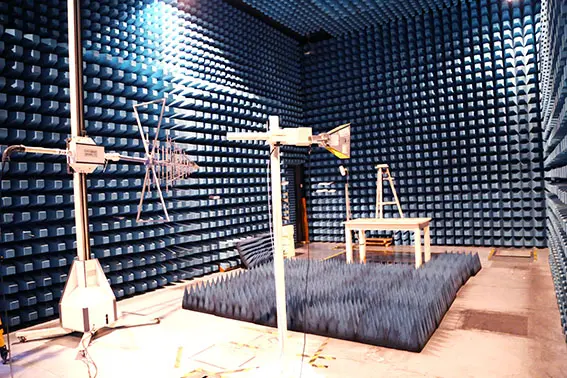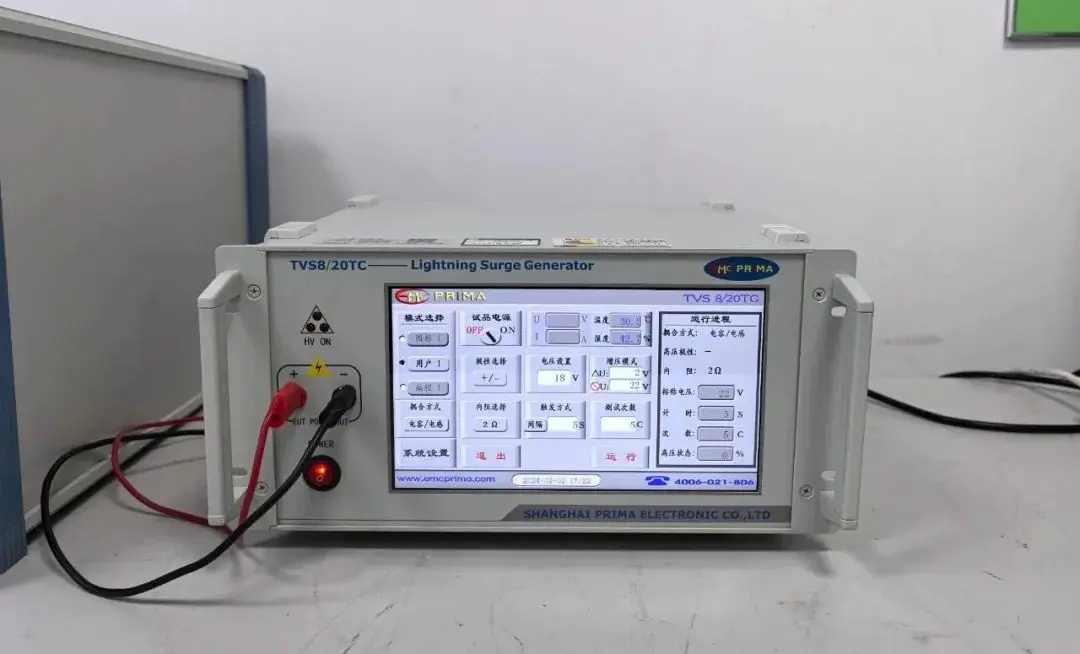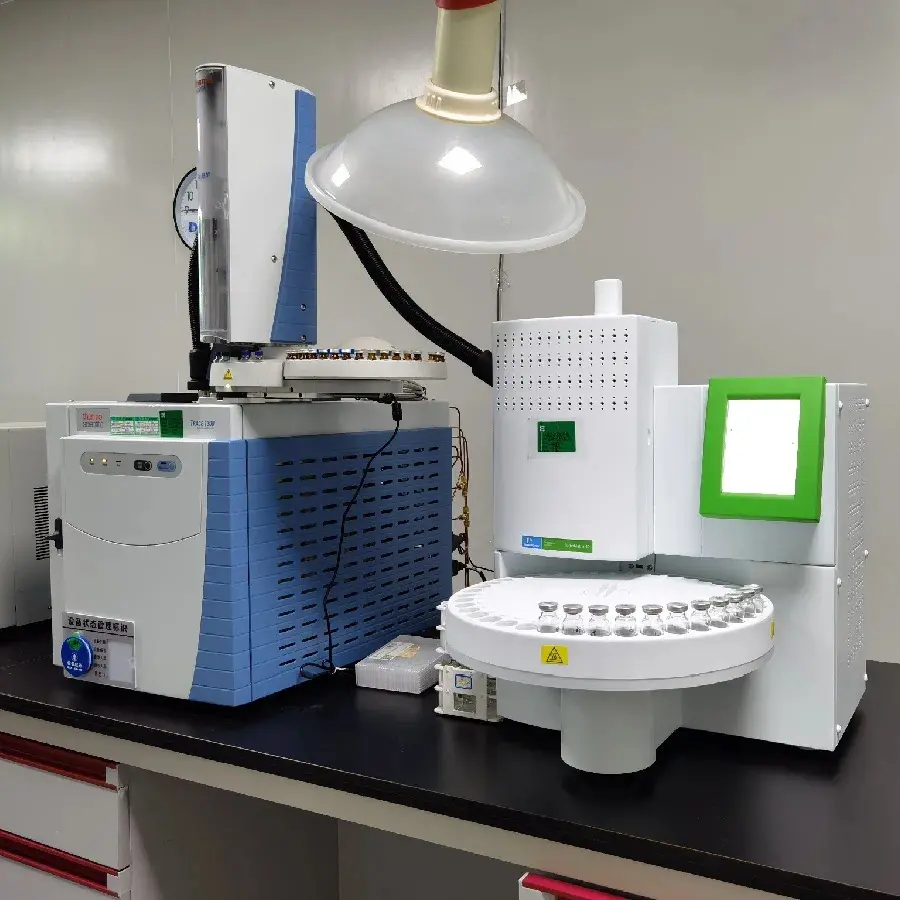
What products require a CE marking for export to Europe?
The CE marking is a mandatory compliance label within the EU, informing consumers that the product meets relevant EU directives. Below are the directives and regulations requiring CE marking. Products outside these categories should not bear the CE mark.
- RoHS Directive
- Low Voltage Directive (LVD)
- EMC Directive
- Radio Equipment Directive (RED)
- Toy Safety Directive
- Personal Protective Equipment (PPE) Regulation
- Machinery Directive

Here are the products requiring CE marking:
1. Toys
Examples: Wooden toys, electronic toys, plastic toys, puzzles
Toys designed for or used by children under 14 years fall under the Toy Safety Directive and must have CE marking. They should also comply with EN 71 standards.
Examples of EN 71 standards:
- EN 71-1: Mechanical and physical properties
- EN 71-2: Flammability
- EN 71-3: Migration of certain elements
2. Electronic Products
Examples: Bluetooth speakers, laptops, electric shavers, digital cameras, gaming consoles, shredders, printers
Electronic products require CE marking. Common directives include:
- RoHS Directive: Restricts hazardous substances like lead and mercury in electronics.
- Low Voltage Directive (LVD): Applies to products with input/output voltage in these ranges:
- AC: 50-1000 V
- DC: 75-1500 V
Many household appliances, laser equipment, and AC generators fall under this directive.
- EMC Directive: Regulates products emitting electromagnetic interference (e.g., TVs, household appliances).
- RED Directive: Ensures safety and electromagnetic compatibility of wireless devices like Wi-Fi, RFID, and Bluetooth products.
3. Watches
Examples: Electronic watches, quartz watches, smartwatches
Electronic watches fall under the RoHS Directive due to restrictions on heavy metals in electronic components. Smartwatches must also comply with the RED Directive. Watches without electronics, like mechanical watches, are not subject to these directives.
4. AC Adapters
Examples: Laptop adapters, medical-grade adapters, universal power adapters
AC adapters are regulated by the LVD, EMC, and RoHS directives. Most adapters with input voltages of 110-240V AC fall under the LVD.
5. LED Lighting Products
Examples: LED billboards, LED lamps, smart LED bulbs
LED lighting products require CE marking. Relevant directives include:
- RoHS Directive: Applies to all LED lighting.
- LVD: Covers LED products operating at 50-1000V AC or 120-1500V DC.
- EMC: Addresses electromagnetic interference.
- Eco-Design Directive: Applies to most LED products.
- RED: Covers smart lighting with Wi-Fi, Bluetooth, or 3G/4G/LTE functionality.
6. Energy-Related Products
Examples: LED strips, water heaters, refrigerators, vacuum cleaners, dryers, ventilation systems, TVs
The Eco-Design Directive applies to 28 energy-efficient product groups listed by the EU. Manufacturers and importers must ensure these products meet labeling (including CE marking) and documentation requirements.
7. Personal Protective Equipment (PPE)
Examples: Safety helmets, gloves, goggles, safety shoes
PPE falls under the PPE Regulation and requires CE marking. Designed to protect users from hazards (e.g., falling objects or chemicals), PPE includes workwear and sportswear.
PPE Categories:
- Category I: Simple PPE (e.g., sunglasses, dust goggles, ski goggles).
- Category II: Intermediate PPE (e.g., UV-resistant goggles, work helmets, protective clothing).
- Category III: Complex PPE (e.g., goggles for high-infrared radiation environments, diving respirators).
8. Eyewear
Examples: Polarized sunglasses, sports sunglasses, ski goggles, swimming goggles, diving masks
Sunglasses and other eyewear are classified as PPE and require CE marking. Most sunglasses and sports eyewear are Category I PPE, while specialized goggles may fall under Categories II or III based on the risks they mitigate.
9. Machinery
Examples: Treadmills, rowing machines, steel rolling machines, concrete mixers, drills
The Machinery Directive applies to most machines sold in the EU. Machinery must meet the directive's definition:
- A combination of interlinked parts or components, at least one of which moves, with a drive system (excluding human or animal power).
- Equipment designed for lifting objects using human power.
Machines meeting these definitions must comply with the directive and bear CE marking.
10. Bicycles
Examples: Electric bicycles, toy bicycles
Most bicycles (e.g., road bikes, mountain bikes) are classified as transportation tools and do not require CE marking. However:
- Bicycles with a saddle height under 435mm are classified as toys and fall under the Toy Safety Directive.
- Electric bicycles fall under the Machinery Directive, RoHS Directive, and EMC Directive.
Thus, electric and toy bicycles must bear the CE marking.
11. Medical Devices
Examples: Medical masks, plastic syringes, thermometers, glucose meters, oxygen concentrators, ventilators, nebulizers
The Medical Device Regulation (MDR) governs medical devices and accessories sold in the EU. Devices used for cleaning, disinfecting, sterilizing, controlling, or supporting conception are also considered medical devices and require CE marking.
12. Construction Products
Examples: Doors, windows, chimneys, sanitary appliances, wastewater treatment products, adhesives, communication cables, fire safety products
The Construction Products Regulation (CPR) governs construction materials intended for building purposes. These products must comply with CPR requirements and bear the CE marking.
13. Measuring Instruments
Examples: Water meters, gas meters, energy meters, taxi meters, measuring tapes, exhaust analyzers
The Measuring Instruments Directive (MID) regulates measuring devices sold in the EU. These instruments must bear both the CE marking and a metrology marking, and their design should ensure measurement accuracy within specific tolerances.
14. Gas Appliances
Examples: Cooking equipment, space heaters, water heaters
The Gas Appliances Regulation mandates CE marking for gas appliances. Annex I of the regulation outlines specific requirements for safety, efficiency, and intended use, such as cooking, refrigeration, heating, and lighting.
15. Elevators
Examples: Escalators, hoists, cable cars, construction lifts
The Elevator Directive governs the design, manufacturing, installation, safety, and maintenance of elevators and their components. It applies to elevators carrying people, goods, or both and requires CE marking.
Products requiring CE marking are listed above. Sellers targeting the EU market should ensure compliance. Non-compliant products may face fines or recalls.
Email:hello@jjrlab.com
Write your message here and send it to us
 Amazon UL Standard Test Report
Amazon UL Standard Test Report
 When Can FCC ID Modifications Be Filed?
When Can FCC ID Modifications Be Filed?
 LoRa Certification Testing Laboratory
LoRa Certification Testing Laboratory
 Blood Pressure Monitor Certification Testing Servi
Blood Pressure Monitor Certification Testing Servi
 ECG Device Certification Testing
ECG Device Certification Testing
 Pulse Oximeter Certification and Testing Standards
Pulse Oximeter Certification and Testing Standards
 IVD Medical Device GB 4793:2024 Test Report
IVD Medical Device GB 4793:2024 Test Report
 IECEE CBTL Testing Laboratory for IVD Medical Devi
IECEE CBTL Testing Laboratory for IVD Medical Devi
Leave us a message
24-hour online customer service at any time to respond, so that you worry!




